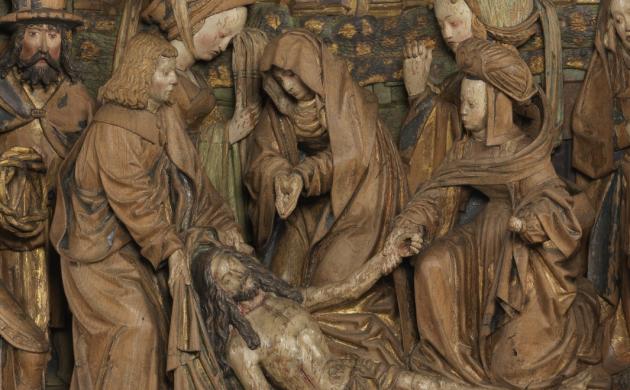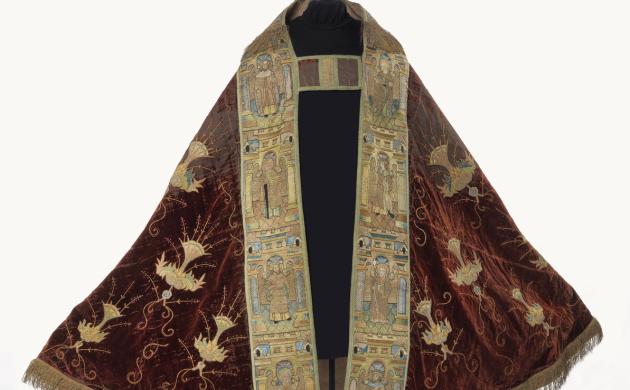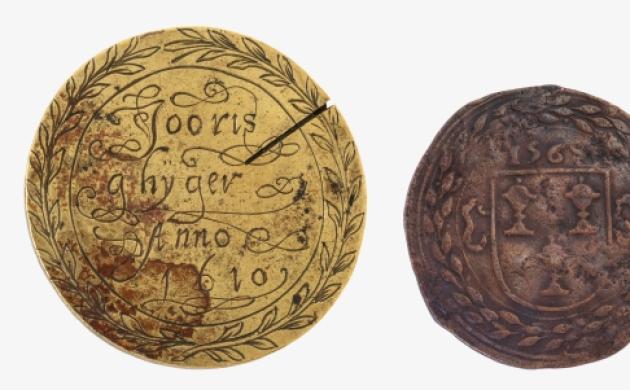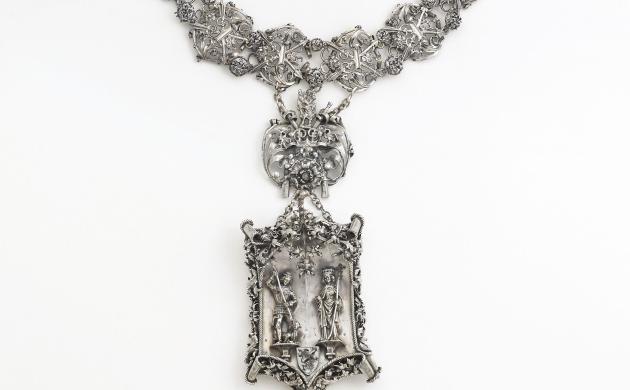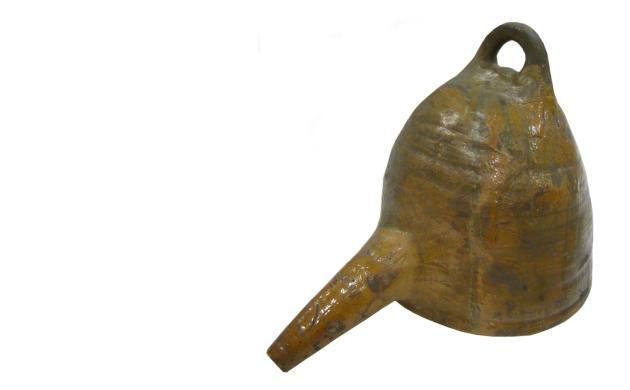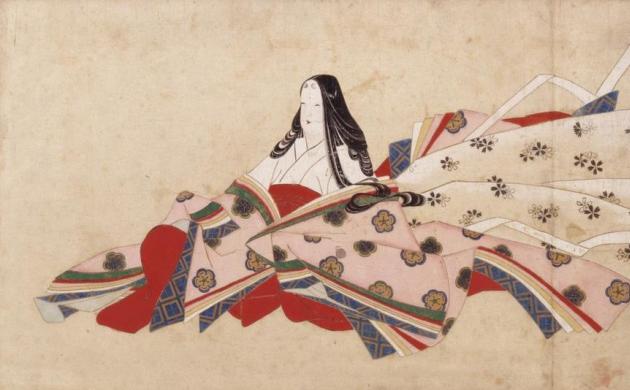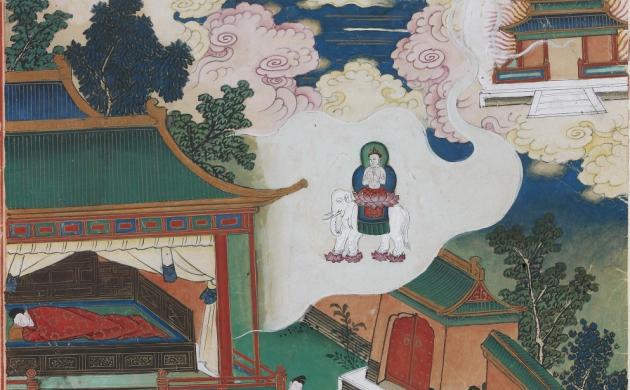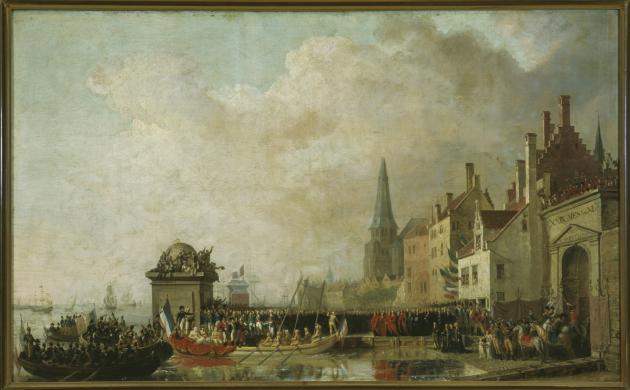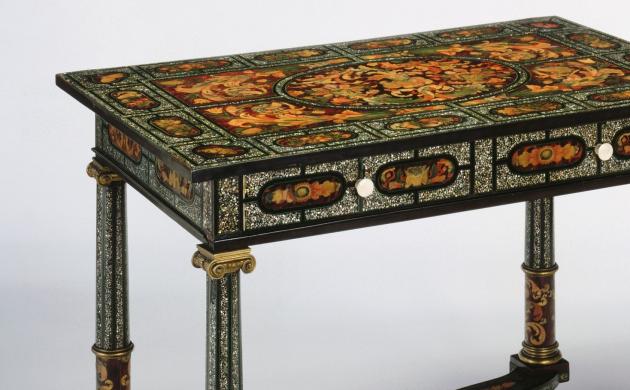Flanders possesses a magnificent collection of movable cultural heritage. This must be preserved because of its special archaeological, historical, cultural-historical, artistic or scientific significance. With the 'Masterpiece Decree', the Flemish government wanted to protect these unique cultural goods. Based on the decree, a list of rare and indispensable objects was compiled. Collections can also be recognised as top items.





